Editor’s Note: This article is intended to be informational only. Please seek qualified self-defense training and follow all federal, state and local laws.
The trained warrior mindset is to know that either you control your environment, or your environment controls you. The same warrior mindset is what it takes to control your environment, and utilize what you have around you for your defense. You can develop this useful mindset with three approaches: mental, visual and tactical.
Mental
There are two most common mindsets. The first is, “It will never happen to me.” How often have you heard this before or know of someone who thinks that way? If you ever watch a documentary where they interview survivors of tragic experiences, the two most common statements you usually hear are: “I couldn’t believe how fast it happened” and “I couldn’t believe it was happening to me.”
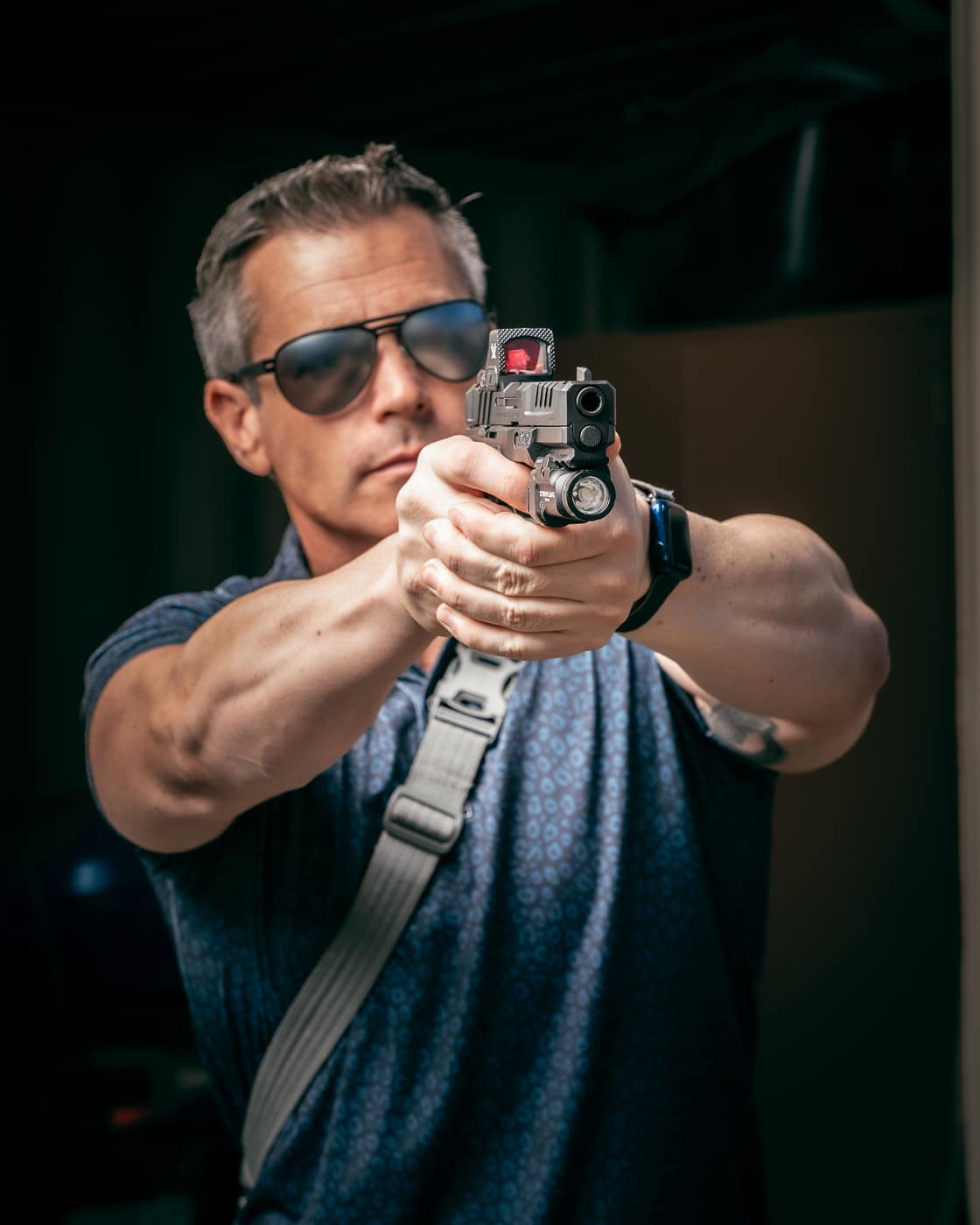
The second is, “Someone else will handle it.” Many people think that the cavalry, somehow notified, will ride over the horizon to save their day, and that all they need to do is wait for its arrival. Nothing could be further from the truth in most cases.
A third mindset, separate from and opposite these first two, and the one you rarely run into, is “Personal security is my responsibility.” Of the three, which one do you think will serve you best in any real-world altercation?
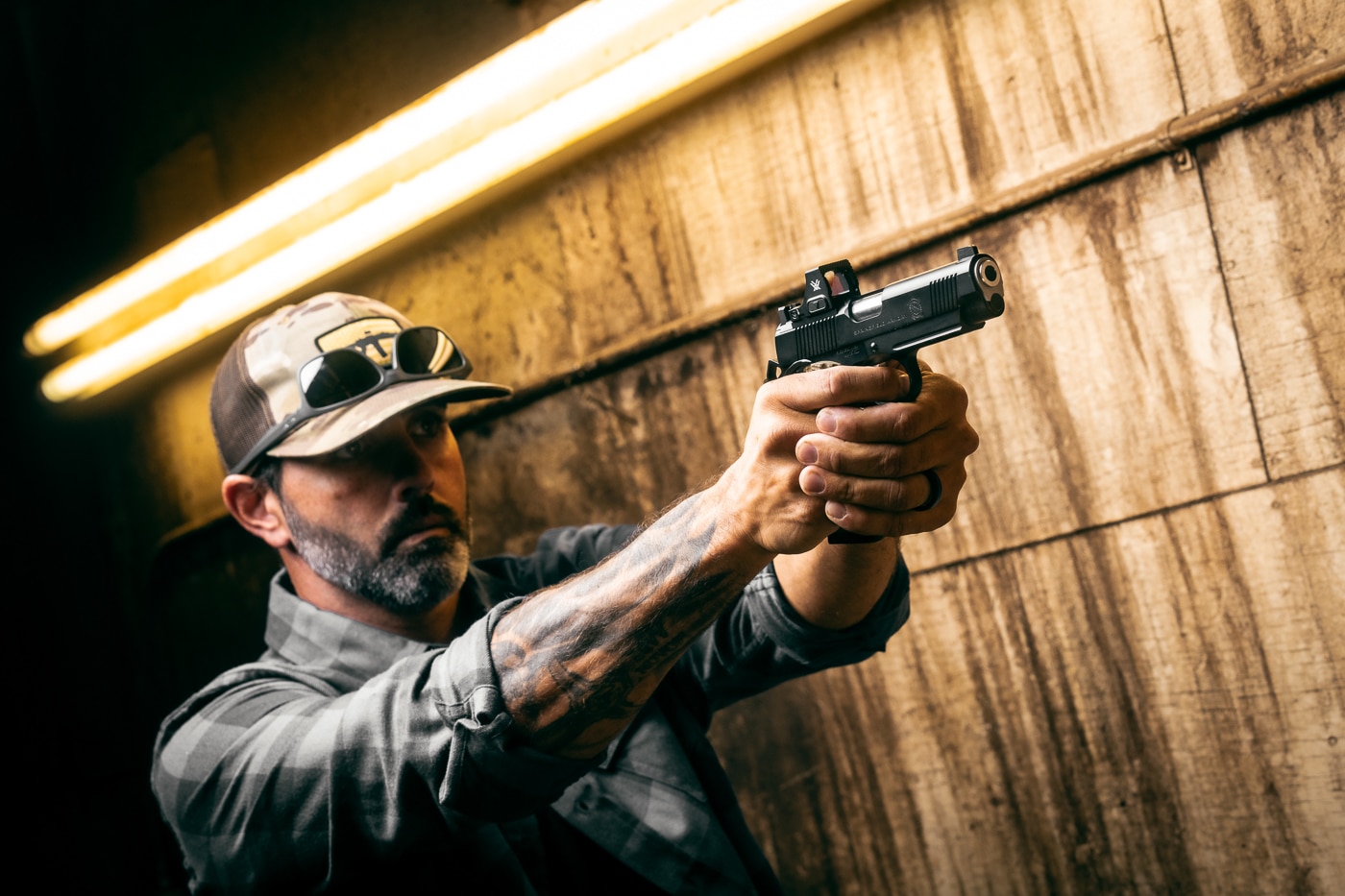
Choosing the most effective mindset is not a matter of reading an article, attending a seminar, or watching a video. It is simply a matter of making up your mind. All you need to do is make the conscious decision that personal security is your responsibility and adopt that decision internally. Only after adopting this mindset, may you use your mind like wielding a mental sword. If you plan on using that sword, especially in personal combat, it must be tempered, hardened and ready for crushing impact. In plain speak, you need to be mentally tougher than your adversaries.
Visual
On the daily, most people are face planted in their cell phone as opposed to observing their immediate environment. A simple glance up to see what’s going on around you is not enough to establish visual control.
How many times have you looked directly at your watch to find what time it was, but failed to see it and needed to look again? How about driving home, looking directly at the very same road signs you see every day, and driving right past yours? You were looking right at it, but failed to see it. Why? Your eyes were physically looking, but you weren’t there. Your mind was elsewhere. In a sense, you had “dead eyes” that looked, but didn’t see.

So how do you actually see what you’re looking at? You must apply situational awareness.
Situational awareness is the ability to observe, identify, process and comprehend the critical elements of information about your immediate environment. In other words, it’s knowing what’s going on around you because you’re mentally involved in the process. It’s when you look and see. Most people believe situational awareness is simply looking around at your environment, but the truth is that looking around and not seeing is the same as not looking at all.
The key component of situational awareness is your personal involvement. Your mental acuity, just like radar, can be raised or lowered based on the conditions of your environment. Your immediate environment becomes the target of your awareness.
The sooner you can see it, hear it, sense it coming, the more time you have to react. Awareness is the currency that buys you time. More time equals more opportunity to solve the tactical problem.
It is a well-known fact that when you change your perspective you change your reality. Changing how you view your environment is the first step in assuming control of it.
Tactical
The tactical approach to controlling your environment is identifying what can be used as a weapon.
Take an inventory of your surroundings. Are you out in the open such as a parking lot or open field? If so, what are your mobility options? Where can you move to cover or gain access to a vehicle? If you are in a confined area such as inside a restaurant, corporate/ school campus or shopping mall, then determine your exits. How many ways can you egress? Of those available options which on is your best choice? Once identified, that egress route becomes your primary target.
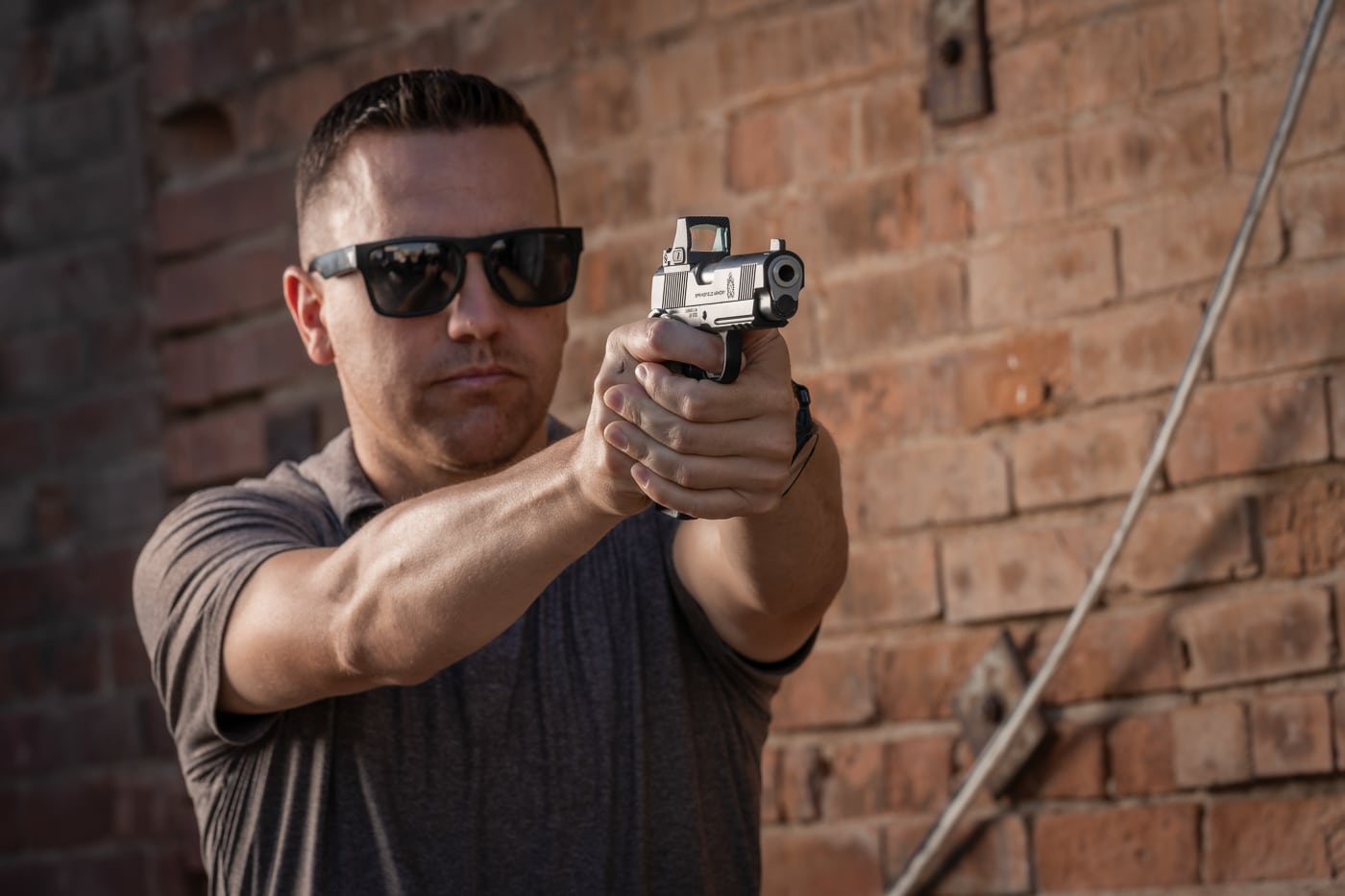
If you had to go to guns, what would you use for your primary backstop? Should you identify one, but it is rendered unavailable then what is your secondary option? Set your “now” backstop behind your intended target.
Consider ballistic and non-ballistic weapons. If it is a no-shoot scenario where your firearm may not be an option, what is your secondary weapon plan? If warranted in preventing a life-or-limb-loss situation, deploying a non-ballistic weapon, in lieu of your firearm, is simply a matter of picking up the readily accessible (improvised) weapon of opportunity with your hand(s) and immediately applying it to the nearest bad guy. The corner of a hardwood, concrete or metal table or a steel door make excellent impact weapons should a human head be directed into one.
Your objective is not to take on single or multiple assailants, who themselves may be armed, because there may be more of them than there are of you; and they may be younger, harder, stronger and have done more time behind bars than you.
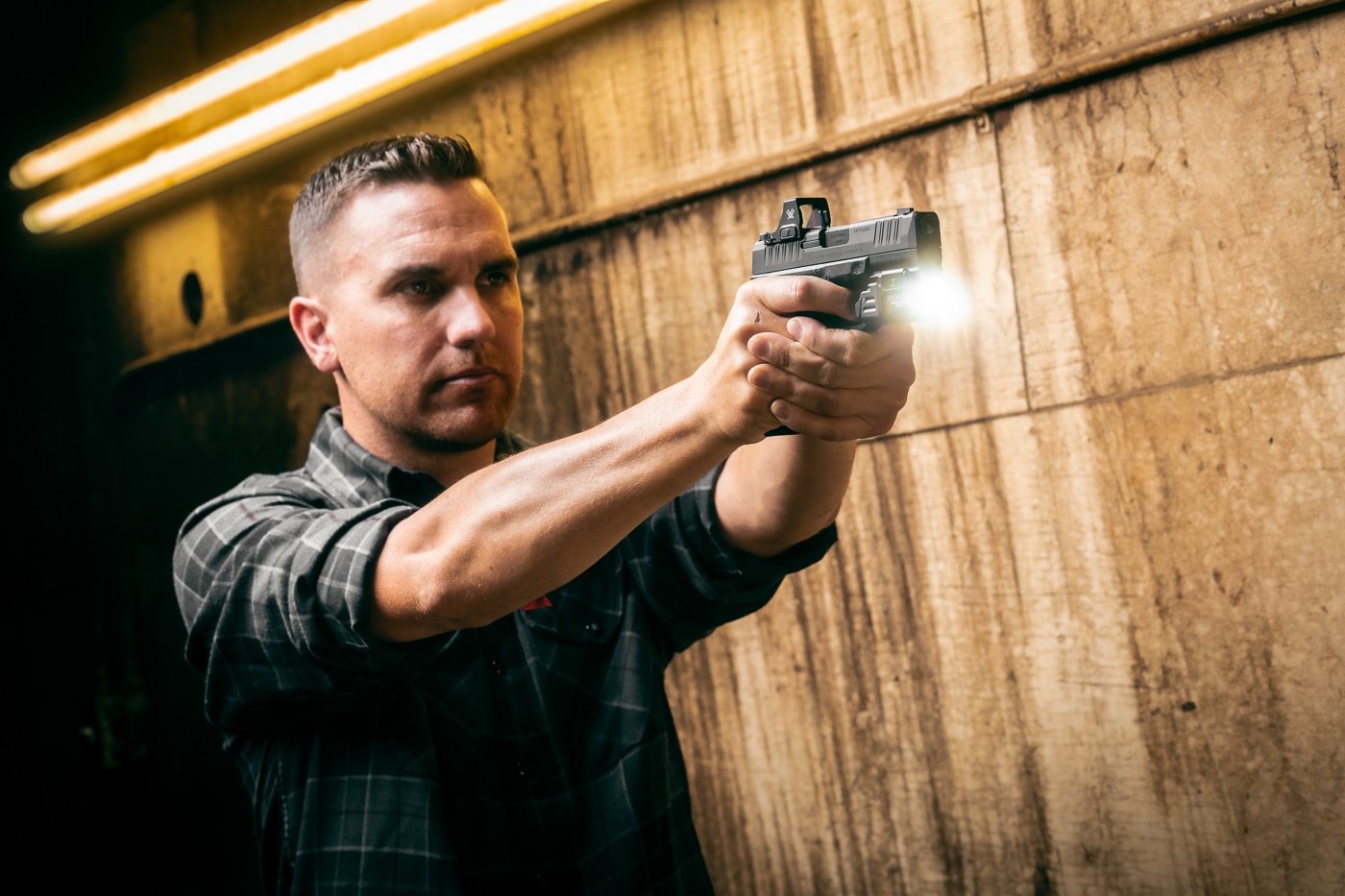
Your objective is to do what it takes to temporarily affect the threat. Again, the desired result is to buy yourself enough time, space and opportunity to either get to your gun, (if you must ultimately stop the threat), or get yourself, and whoever else is with you, off that ‘X’ and to safety.
Taking a mental, visual and tactical approach supports your warrior mindset and affords you control over your environment, as opposed to permitting your environment to control you. Be aware, and see the threats. If you do, you can be prepared to face them.
Editor’s Note: Please be sure to check out The Armory Life Forum, where you can comment about our daily articles, as well as just talk guns and gear. Click the “Go To Forum Thread” link below to jump in and discuss this article and much more!
Join the Discussion
Read the full article here













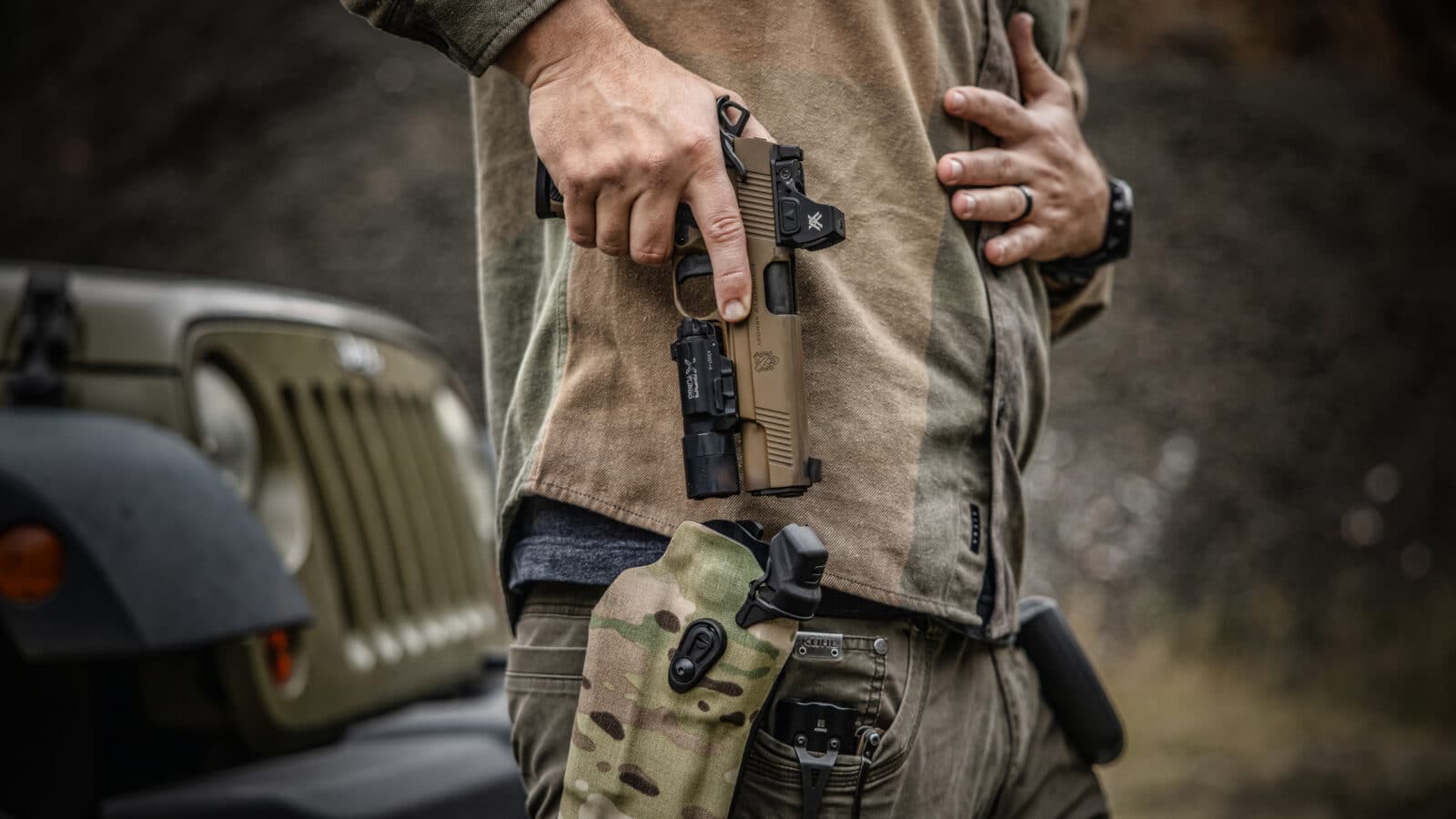

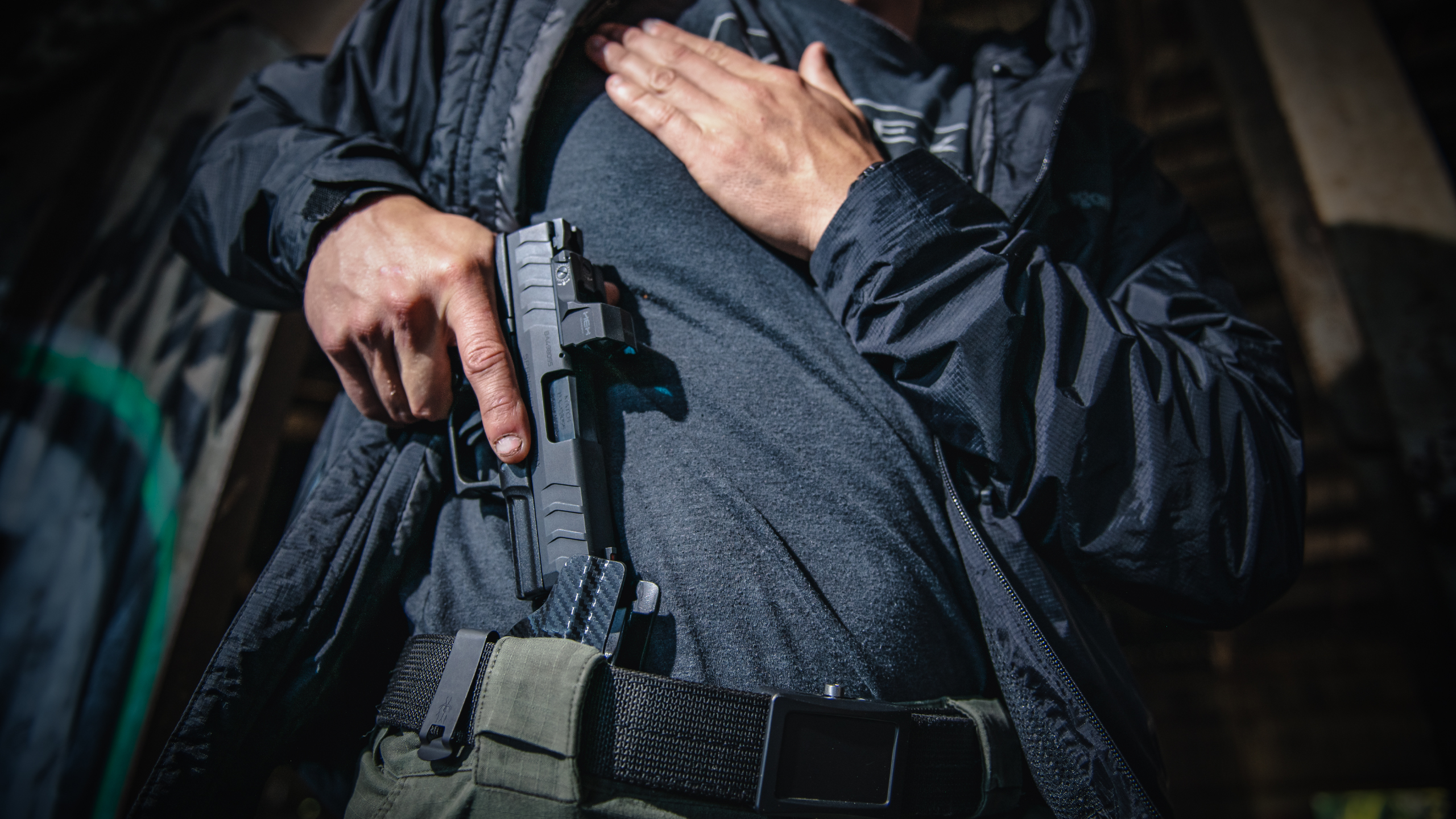

Leave a Reply